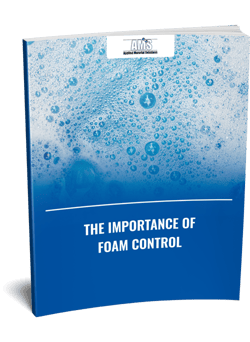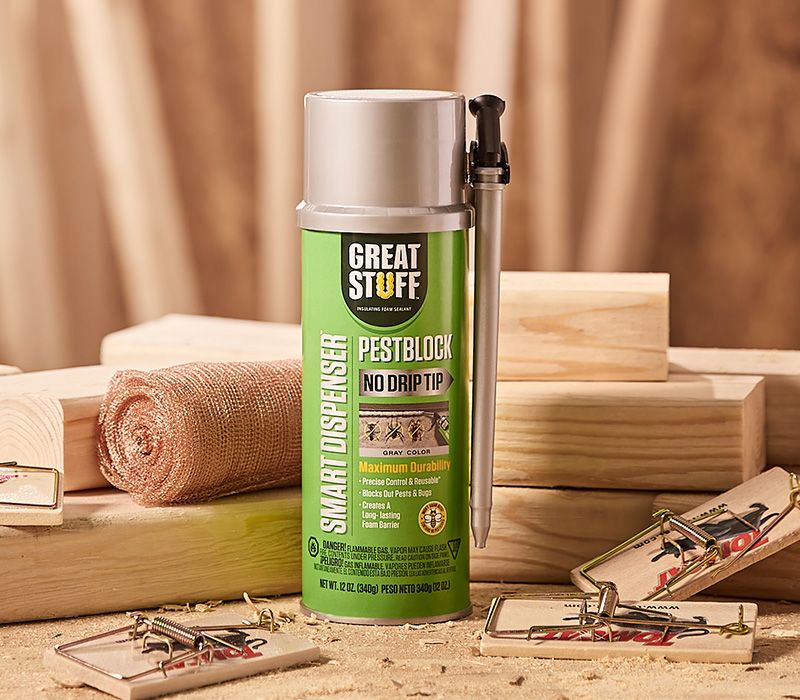Common Difficulties in Foam Control and Just How to Conquer Them Efficiently
Common Difficulties in Foam Control and Just How to Conquer Them Efficiently
Blog Article
A Comprehensive Overview to Carrying Out Foam Control Solutions in Your Operations
Effective foam control is an important aspect of functional efficiency that typically goes forgotten. Recognizing the intricacies of foam generation can dramatically impact both performance and item high quality. By taking a look at vital factors such as application compatibility and employees training, companies can enhance their foam administration efforts.
Understanding Foam Difficulties
Foam challenges are a substantial problem throughout numerous sectors, affecting functional effectiveness and item quality. The development of too much foam can prevent procedures such as blending, transport, and storage, bring about increased downtime and waste. In industries like food and drink, drugs, and petrochemicals, foam can interfere with assembly line, triggering item inconsistencies and contamination threats.
Additionally, foam can obstruct devices performance, causing expensive repair work and maintenance. For example, in wastewater therapy, foam can interrupt clarifier operations, causing lower treatment performance and regulatory conformity issues.
Recognizing the underlying root causes of foam generation is crucial for effective administration. Elements such as surfactants, temperature level fluctuations, and frustration levels can all add to foam manufacturing. Determining these aspects allows markets to apply targeted approaches that reduce foam formation while keeping product stability.
Sorts Of Foam Control Solutions

Mechanical solutions include the usage of tools such as foam skimmers or defoamers. Chemical services, on the other hand, consist of the application of defoaming representatives-- compounds that disrupt the foam framework, leading to its collapse. Foam Control.
Last but not least, operational techniques concentrate on procedure changes. This might include customizing devices criteria, such as temperature and stress, or changing the flow rates of fluids to minimize foam generation. Additionally, carrying out excellent housekeeping methods can also alleviate foam development by decreasing impurities that add to foam stability.
Selecting the suitable foam control service entails assessing the specific requirements of the procedure, including the type of procedure, the qualities of the products involved, and security considerations.
Picking the Right Products
Picking the right foam control products calls for a comprehensive understanding of the specific application and its distinct difficulties. Factors such as the kind of foam, the atmosphere in which it takes place, and the preferred outcome all play pivotal duties in product choice. Foam Control. For example, in industries such as food processing, it is crucial to choose food-grade defoamers that abide by security guidelines while effectively taking care of foam.
Additionally, think about the viscosity of the fluid where the foam trouble exists. Some items are created for low-viscosity applications, while others are tailored for thicker liquids. Compatibility with existing processes is another important facet; the chosen foam control representatives ought to integrate seamlessly without interrupting general operations.
Another essential aspect is the approach of application. Some items might call for dilution, while others can be applied directly. Assessing the convenience of usage and the needed dosage can offer understandings into the product's efficiency and cost-effectiveness.
Execution Techniques
Effective execution methods for foam control try here remedies call for an organized approach that aligns item choice with operational requirements. The primary step entails an extensive analysis of the procedures where foam takes place, identifying details areas that necessitate treatment. By involving cross-functional groups, consisting of quality, design, and manufacturing assurance, companies can collect insights that educate the selection of the most reliable foam control products.
Following, it is crucial to establish clear purposes for foam decrease, making certain that these goals are measurable and attainable. This might entail defining appropriate foam degrees and the timelines for implementation. Educating employees on the residential properties and application techniques of selected foam control representatives is equally essential, as appropriate usage is vital for optimal results.
Furthermore, incorporating foam control remedies right into existing process requires cautious preparation. Ultimately, a well-structured strategy will certainly improve functional effectiveness while efficiently managing foam-related challenges.
Monitoring and Assessing Performance
Tracking and evaluating the efficiency of foam control options is essential for ensuring that executed approaches produce the desired results. This procedure includes systematic information collection right here and evaluation to analyze the performance of foam control representatives and techniques. Secret performance indications (KPIs) ought to be developed before implementation, enabling a clear baseline versus which to determine progression.

Assessing effectiveness likewise needs routine reviews of foam control procedures and representative efficacy. This can be accomplished via sampling and screening, permitting operators to identify if existing solutions are meeting functional requirements. Moreover, it is vital to get responses from staff member that communicate with these systems daily, as their understandings can disclose operational subtleties that quantitative information might neglect.

Ultimately, an organized monitoring and evaluation framework aids recognize necessary changes, guaranteeing that foam control solutions stay efficient, cost-efficient, and aligned with business goals.
Verdict
Finally, efficient foam control options are necessary for enhancing functional efficiency and maintaining product top quality. A complete understanding of foam obstacles, integrated with the choice of proper items and implementation techniques, helps with the effective monitoring of foam generation. Spending and developing quantifiable kpis in workers educating further enhance the performance of foam control actions. Normal monitoring Learn More Here and evaluation ensure continual renovation, eventually causing an extra streamlined and productive operational environment.
Carrying out excellent housekeeping techniques can additionally alleviate foam formation by decreasing impurities that contribute to foam stability.
Selecting the ideal foam control products needs a thorough understanding of the particular application and its distinct challenges (Foam Control).Successful implementation techniques for foam control solutions need an organized approach that aligns product selection with functional requirements.In conclusion, effective foam control options are necessary for optimizing functional effectiveness and keeping product quality. A comprehensive understanding of foam difficulties, integrated with the selection of appropriate products and execution approaches, promotes the effective monitoring of foam generation
Report this page